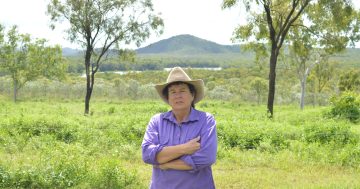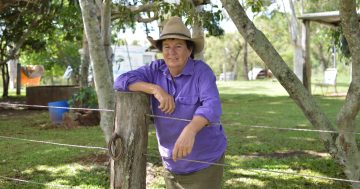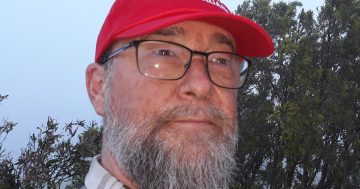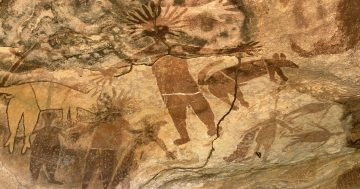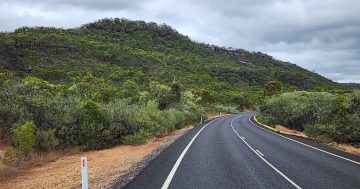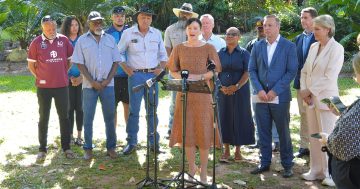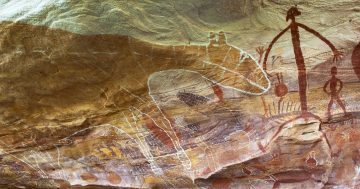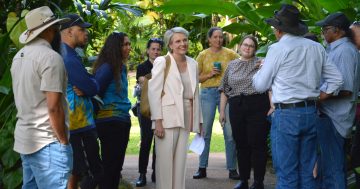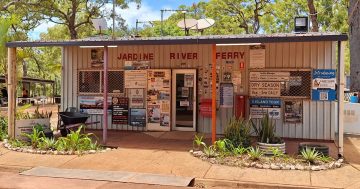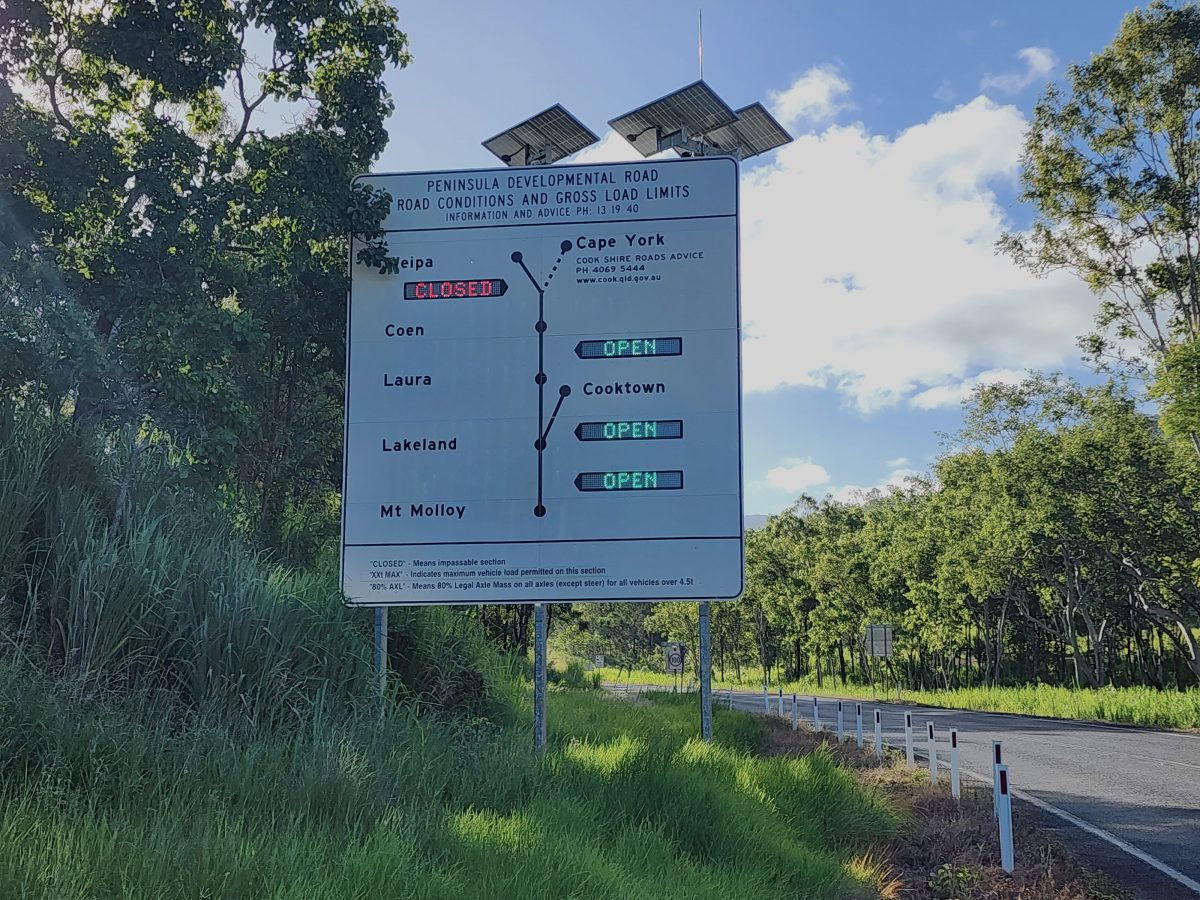
The Miles Government is full speed ahead on an engagement road likely to close its re-election chances on Cape York, says editor Lyndon Keane. Photo: Cape York Weekly.
If you’re asked to pick a topic likely to be a common theme – and point of contention – in any conversation about life on Cape York, you’ll get Winx-like odds roads will be one of the first things that comes to mind.
It’s unsurprising, given the critical role roads play in keeping those of us who work and play north of Cairns connected from economic and social perspectives, as well as literally. Or disconnected, depending on what time of the year you’re talking about.
But the road I’m referring to in this instance is the one Premier Steven Miles, his cabinet and menagerie of allegedly savvy advisors are plotting a course along when it comes to open and transparent engagement with stakeholders about getting a few Cape York locations added to UNSECO’s coveted list of World Heritage wonder.
When we asked Minister Linard why people like Joy Marriott – who is set to lose unencumbered management of at least 30 per cent of her family’s 12,300-acre Lakeland property if Quinkan Country makes it to the tentative World Heritage list – has not even had a text, voicemail or missed call asking whether she supported the move, it was as if her office had never heard of the concept of freehold land ownership.
Instead, she told Cape York Weekly that “an application for listing will only proceed with the free, prior and informed consent of interested Traditional Owners”. All well and good, for sure, but what about owners with an inalienable right to their land that don’t fall into groups currently being consulted?
Furthermore, will either the State Government or the Cape York Land Council specify what the rules of engagement were for the aforementioned consultation process – and the cost – before we run out of fuel on this fun-filled family trip to cynicism and contempt?
The fact Minister Linard admitted that, should consultation with Traditional Owners garner a green light, only then would “broader consultation” occur, ostensibly with other interested parties. Like freehold property owners and everyone else who lives on Cape York, as an extremely off-the-top-the-head example.
I’ve mentioned it in this space previously, but the approach reeks of nothing more than a last-minute jab at the brakes to try and win the affection of those green, environmentally-focused voters who tend to reside in high-density electorate areas as people prepare to head to the polls to elect new Brisbane- and Canberra-based leadership teams in the next 15 months.
When you tell political spin and hyperbole to wait in the car while you step out to relieve yourself on this poorly signed road trip to UNESCO sycophancy, it becomes clear the government’s indefensible omission of freehold landowners in the World Heritage discussion has been reached by taking one of only two possible off-ramps.
Exit one is oversight, in that those running the current engagement process have absolutely no idea what they’re doing, including the fact there are likely to be at least a few freehold properties not under the control of Traditional Owner groups if you’re going to consider multiple sites on a canvas as geographically diverse as Cape York.
Exit two is intentional, in that the State and Federal Governments don’t want the genuine feedback of freehold property owners on the basis of some skewed, metropolitan-birthed thought bubble that non-Indigenous landholders have no interest in the sustainable environmental management of property under their control.
Neither option is ideal for a government heading down a road closing rapidly to having any chance of convincing Cape York residents it has any legitimate leadership claims, including making decisions in the best interests of any Queenslander who has an address that happens to be above 16.9 degrees south of the equator.
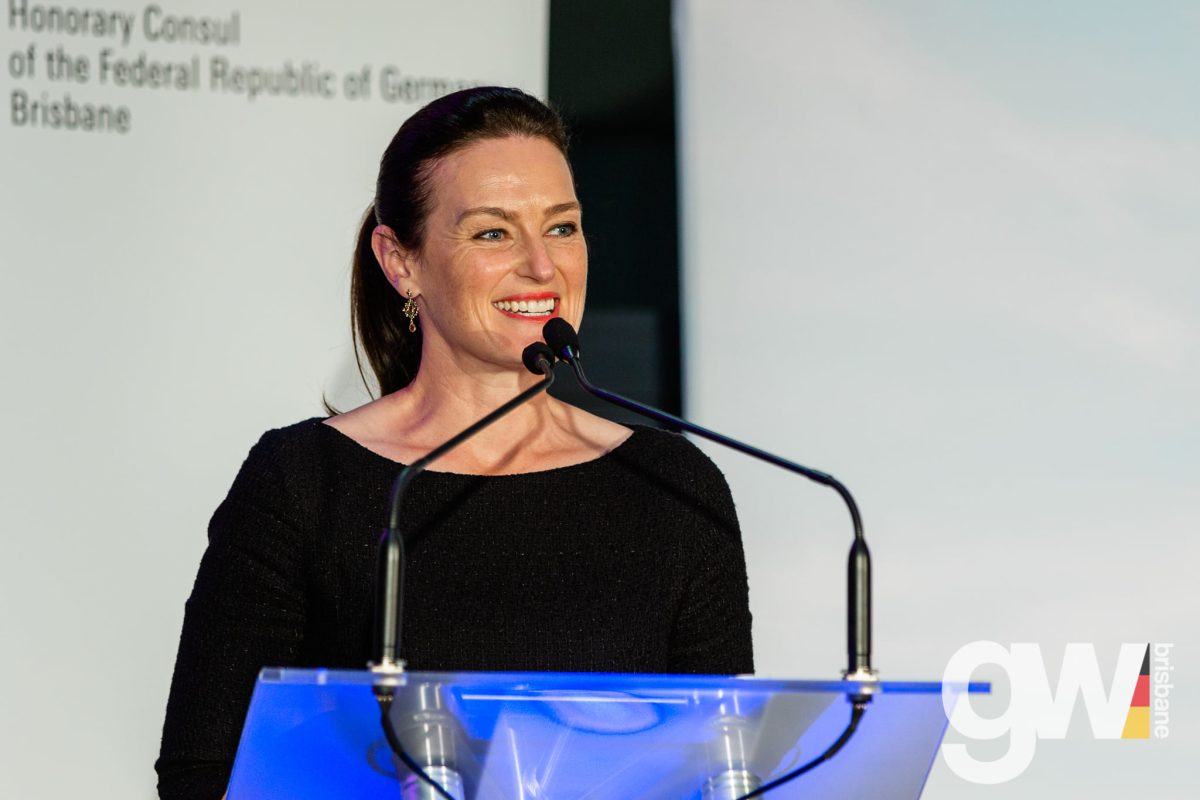
Minister for the Environment and the Great Barrier Reef Leanne Linard says Cape York World Heritage tentative listing “will only proceed with the free, prior and informed consent of interested Traditional Owners”, but she fails to recognise non-Indigenous freehold landowners and the inalienable property rights associated with it. Photo: Facebook/Leanne Linard MP.


